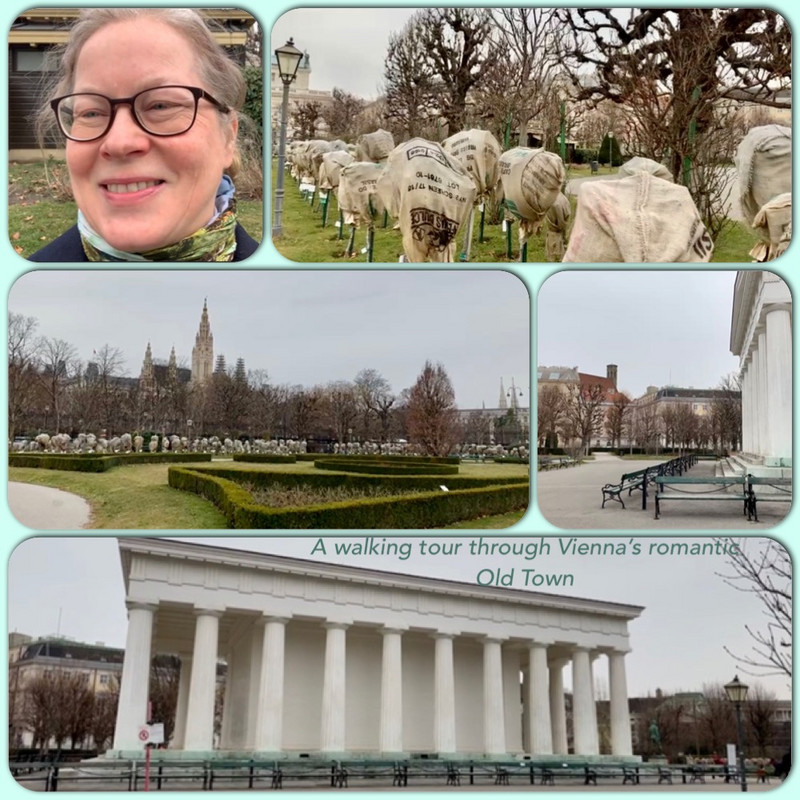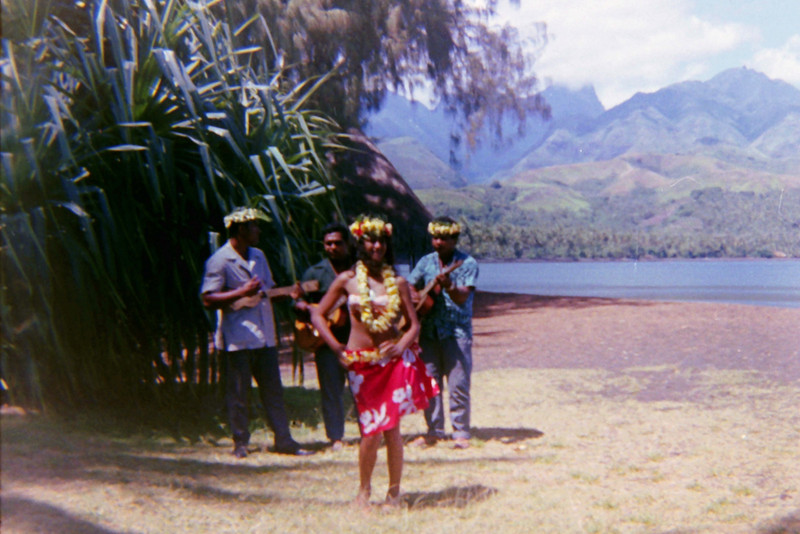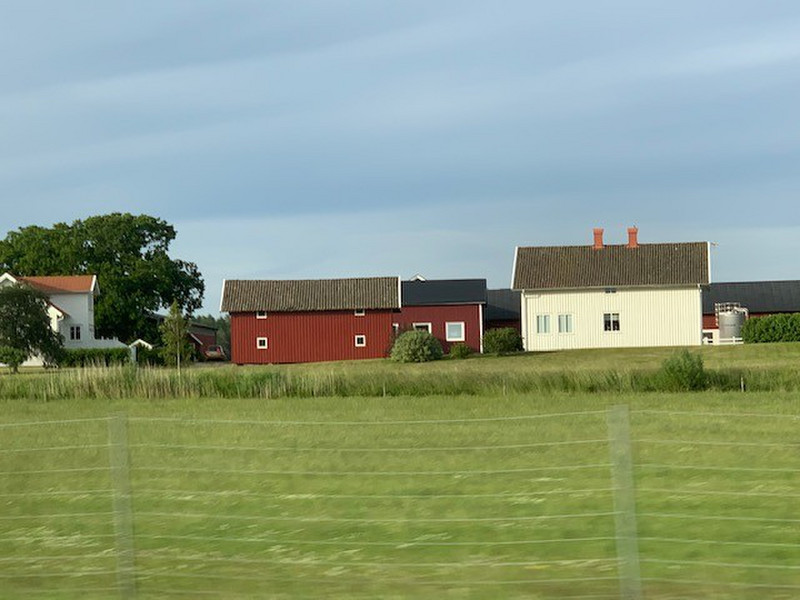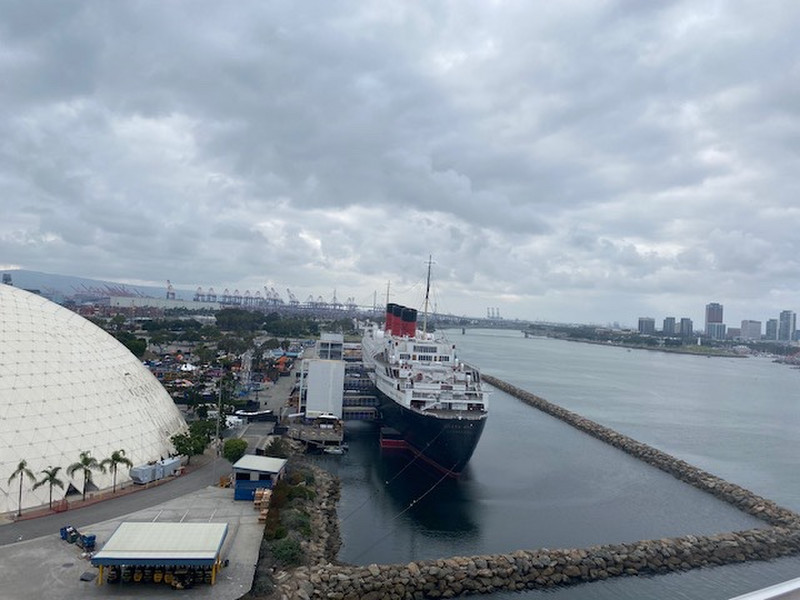Today we started our tour in Volksgarten, A beautiful landscaped park to one side of the Hofburg In June the roses must look wonderful but now in March they were all covered to protect them from the winter temperatures, looking quite spooky too.
Opened in 1823, the Volksgarten owes its existence to the exuberance of Napoleons army.The French emperor entered Vienna in 1809 after a victory over the Austrian army at the Battle of Wagram. He then forced the Austrian Empire to sign the Peace Treaty of Schnbrunn at great cost to the Habsburgs in terms of territories and prestige.
When Napoleons troops left the city with their souvenir cakes and Mozart postcards, they blew up some of the fortifications as a farewell gift. This cleared quite a bit of space, which the authorities eventually turned into two parks, Volksgarten was one of the parks.
An extensive memorial site to Empress Elisabeth in 1907, with a avenue, fountains, water features and statue. Its tucked away parallel to the Rose Garden and could be easily missed but not by Claudia, our guide today
The Imperial Palace - Until 1918 the extensive was the political centre of the monarchy. Today it fulfils the same role for the democratic Republic of Austria. The rooms where once Emperor Joseph II drew up his revolutionary programme of reforms, where the Congress of Vienna met and danced and where Emperor Franz Joseph held audiences, now house the offices of the Federal President, the ministers of the chancellors office and the secretaries of state.
The Krntner Strasse Vienna exists since the Roman Age, an important connection from the center to the city wall. The 19th century was characterizing for the present shopping street. Only a few of the noble buildings, from that time, were not destroyed during the Second World War. In the year of 1974 the Krntner Strasse was redesigned to a pedestrian zone.
In the middle of this famous street we saw the huge gilded, baroque sculpture, a memorial to the worst plague in Viennese history.
The Great Plague of Vienna brought the imperial city to its knees. Death toll estimates range wildly from a merely upsetting 12,000 to a truly devestating 75,000 people. The killer is thought to be the same Bubonic Plague that raged first in the 14th century, and began a second tour of duty in the 17th. All across Europe, outbreaks of disease crippled towns, but Vienna, as a trade was perfectly placed for a true epidemic.
The Viennese Plague is notable for some of the first modern approaches to controlling the outbreak. While still wildly feared and treated largely with a mixture of religious speculation and leeches, city doctor Paul de Sorbait made the first inroads on sanitation measures to control the spread of disease, and the Brotherhood of the Holy Trinity created special plague hospitals to care for the infected, and deal with the bodies of the dead - most of which were burned outside of city limits in giant plague pits.
the 69 foot tall tower is as much political propaganda as it is a sacred memorial. This elaborate column was erected in 1693 in the place of a simpler column erected during the plague by the Brotherhood. The figures at the base represent the triumph of faith over disease, while the of the sculpture is dedicated to coats of arms and a praying figure of Emperor Leopold I - who, it should be noted, must have been doing that praying from a distance, as he fled the city during the outbreak.
St. Stephens Cathedral has four towers. The tallest of these is the south tower.The tower room, from which there is a gigantic view across Vienna, is reached via 343 steps.
On the roof of St. Stephens Cathedral, colorful roof tiles were laid to create the Royal and Imperial eagle and the coat of arms of the city of Vienna.
When my brother in law was alive he and my sister would often visit Vienna, one of their favourite cities, Benita and I sat together this morning enjoying the virtual tour bringing back lots of memories for us both.









